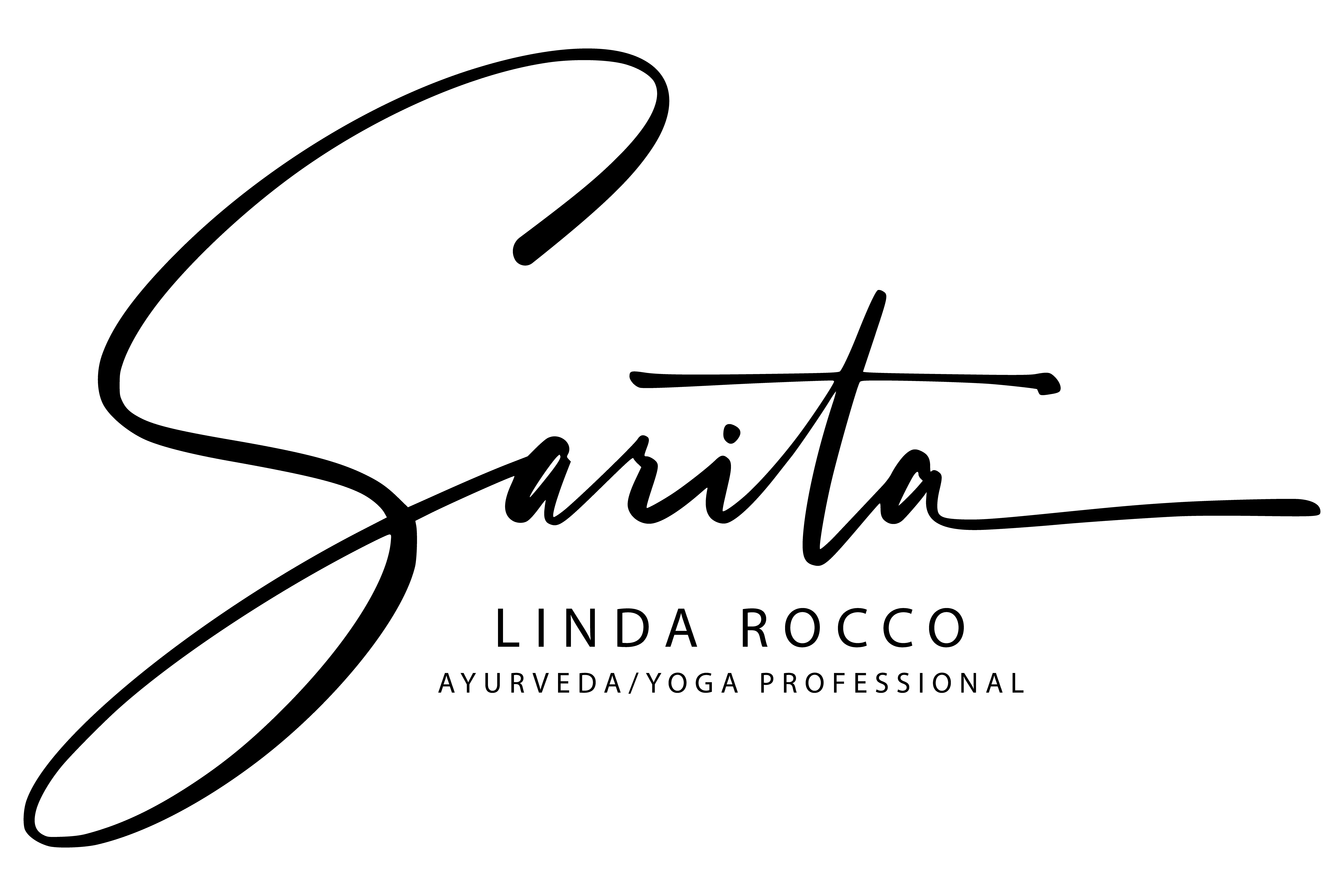
“Less is more” a quote by Ludwig Mies van der Rohe, is a cue sometimes offered in yoga asana classes, including Svaroopa®. What does this phrase mean to you? I find it hard to be specific about what it means to me. I suppose that is the beauty of the cue. It isn’t precise. The interpretation is wide open to its meaning in this moment.
Yoga’s explanation of how our minds work is an interesting, wide-ranging topic, but just the basics provide a helpful way to think about “Less is more.”
In yoga the mind is viewed as having four parts:
Manas is the conscious mind. It gathers information from the five senses.
Cita is the unconscious mind. It stores previous conscious experiences as subconscious impressions.
Ahamkara is the ego. It takes the information from the Manas mind (the five senses) and evaluates it, puts it in categories, compares the differences, and then makes judgments: this is good, that is bad, he is too fat, she is too tall. The ego manifests in several layers (personal, group, national) but always operates from the perspective: “I am doing.”
Buddhi is the higher mind. It receives the same sensory information from the Manas mind that the ego does, but unlike the ego it does not use that sensory information to make judgements. The higher mind maintains the perspective of an objective observer. It witnesses the moment. It does not dwell in the past or future. It operates from the perspective: “It is being done through me.”
When you are in an asana, you are holding your body in a certain way; you anchor in certain places; in others you lengthen. Your senses are feeding you all kinds of information. You are coordinating your movement and breath. Ahamkara, the ego mind, is sorting all of that information. It likes some aspects of the pose and not others. Your ego mind may tell you that your hamstring is tight and needs to be stretched. So, you lean into it until it burns. Maybe you decide to back off and breath into the tightness. You develop a plan to make the pose better.
Maybe you were right about your hamstring needing that stretch and maybe you weren’t. Maybe your strategy makes the pose better and maybe not. Either way, it was your ego mind at work that was guiding your choices. You were approaching your asana practice from the “I am doing” perspective.
The asana also happens at the level of the higher mind. Instead of using the sensory information to make a judgment about how you can do the asana for maximum benefit, you let go of any plan and relax into the asana. Your senses are still supplying information, but you are not categorizing; you are not drawing conclusions about what is happening and what needs to be done. You accept that your body is intelligent without conscious input from the mind. Your body knows how to nourish and heal itself. Your body will do its best without input from the ego. You see the asana as something “being done through me,” rather than something you are doing. It is happening and you are letting it happen.
This basic understanding of how yoga views the mind provides a framework for giving the cue “less is more” a clear, specific meaning. The less refers to the ego driven perspective. Having “less” ego involved in the asana opens the door for “more.” The “more” is abstract and difficult to describe, but you know the feeling. You are in your higher mind. Some describe this as feeling ease or being bliss-filled or finding your True self. However, it doesn’t need to be named; we only need to know that it is there and “Less is more” is a description of how you get there.
